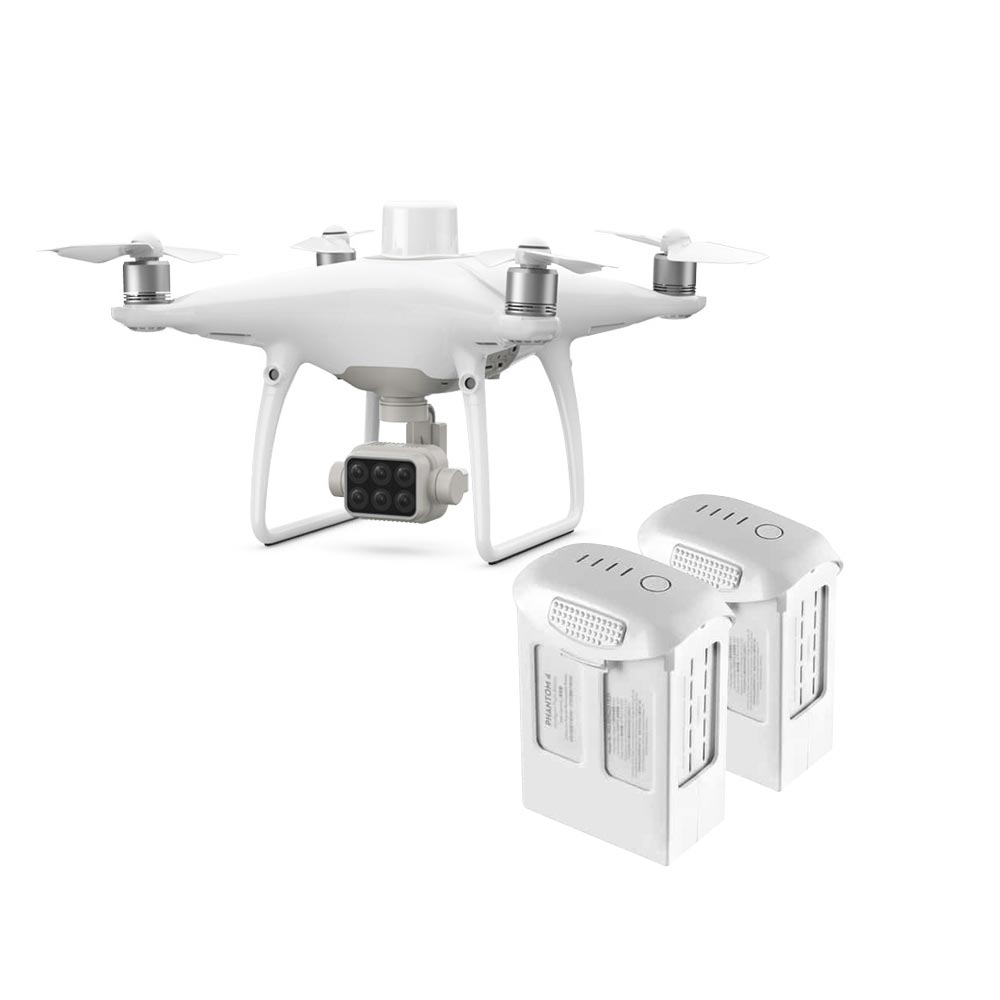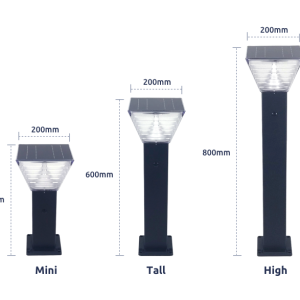Description
DJI Phantom 4 Multispectral
The DJI Phantom 4 Multispectral Combo includes 4x Batteries in Total

Farm to Figures
Gain Immediate Insights into Plant Health
The DJI Phantom 4 Multispectral consolidates the process of capturing data that gives insight into crop health and vegetation management. DJI has created this platform with the same powerful performance standards that DJI is known for, including 27 minutes max flight time and up to 7 km1 transmission range with the OcuSync system.

DJI Phantom 4 Multispectral See Beneath the Surface
Agriculture imagery collection is now simpler and more efficient than ever before with the DJI Phantom 4 Multispectral built-in stabilized imaging system. This system collects comprehensive data sets right out of the box. Access information collected by the 1 RGB camera and a multispectral camera array with 5 cameras covering Blue, Green, Red, Red Edge, and Near-Infrared bands – all at 2 MP with global shutter, on a 3-axis stabilized gimbal.

Integrated Spectral Sunlight Sensor for Accurate Results
An integrated spectral sunlight sensor on top of the DJI Phantom 4 Multispectral drone captures solar irradiance, which maximizes the accuracy and consistency of data collection through different times of the day. In addition to that, when combined with post-processed data, this information helps to obtain the most accurate NDVI results.

Meaningful Data at Your Disposal With The DJI Phantom 4 Multispectral
View Both RGB and NDVI Feeds
Simply having aerial imagery is not enough for ag professionals who want to know more. Switch between a preliminary Normalized Difference Vegetation Index (NDVI) analysis and the live RGB feed to immediately visualize where attention is needed, so targeted treatment decisions can be made quickly.

Centimeter-level Precision
Get real-time, accurate positioning data on images captured by all six cameras with DJI’s TimeSync system, as a result, providing centimeter-level accurate measurements.
The TimeSync system continually aligns the flight controller, RGB and NB cameras, and RTK module, fixing the positioning data to the center of the CMOS and ensuring each photo uses the most accurate metadata.
All cameras go through a rigorous calibration process where radial and tangential lens distortions are measured. The distortion parameters gathered are saved into each image’s metadata, letting post-processing software adjust uniquely for every user.











